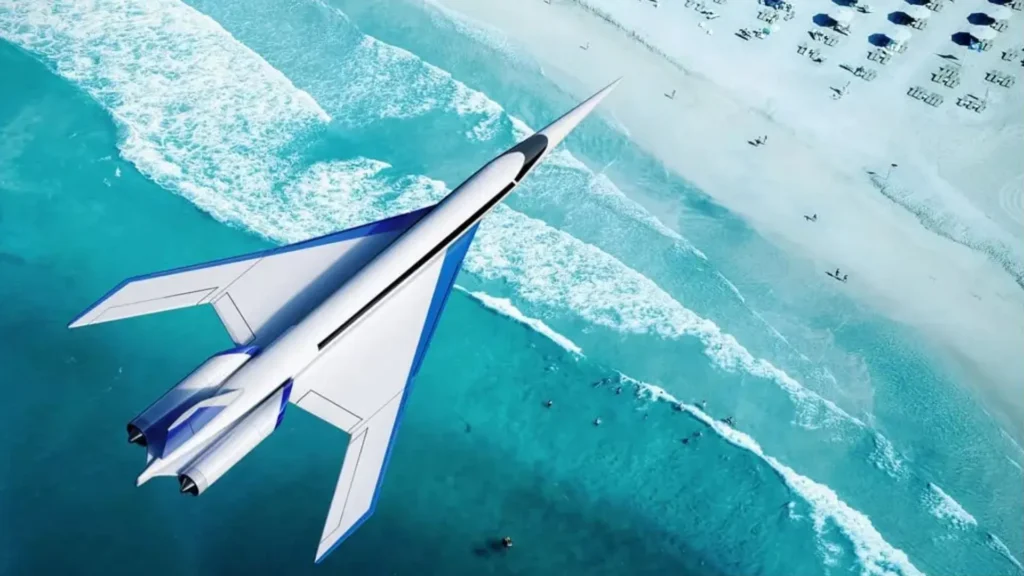
S-512 Diplomat jet promises supersonic flights between New York and Paris
By implementing lightweight materials and technologies that improve fuel efficiency, they reduce environmental impact without sacrificing performance.

By implementing lightweight materials and technologies that improve fuel efficiency, they reduce environmental impact without sacrificing performance.
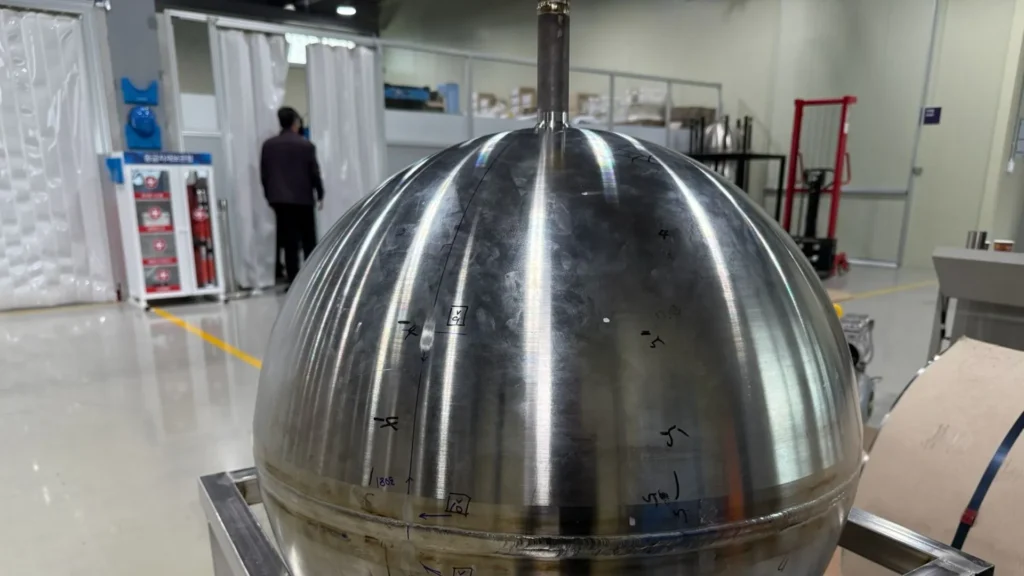
The cryogenic test consisted of cooling the tank to -196 °C with liquid nitrogen and gradually increasing the internal pressure to 330 bar.
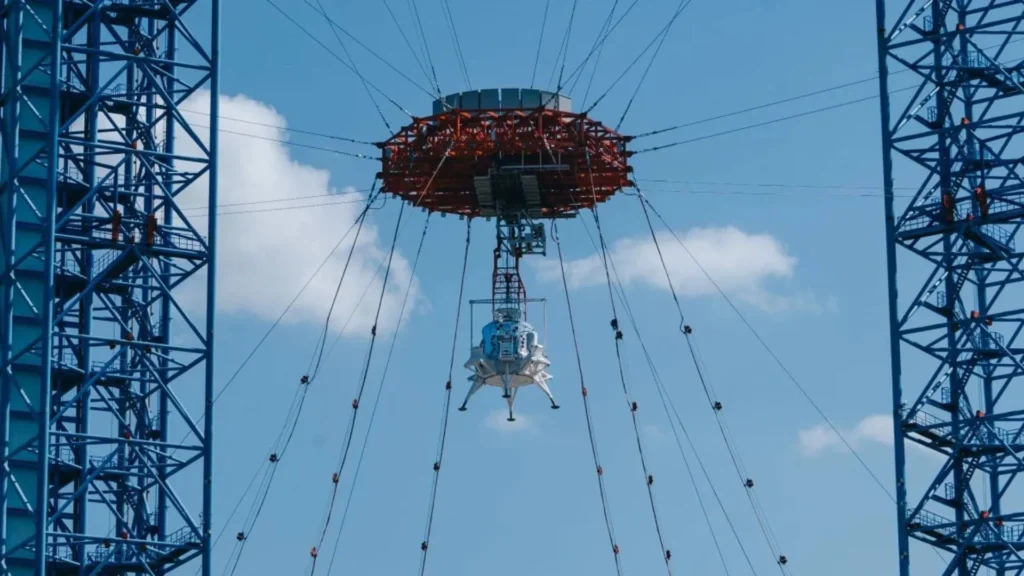
The goal is to complete the landing and liftoff test of the Lanyue lander for its 2030 manned lunar mission with Mengzhou and Grand March 10.
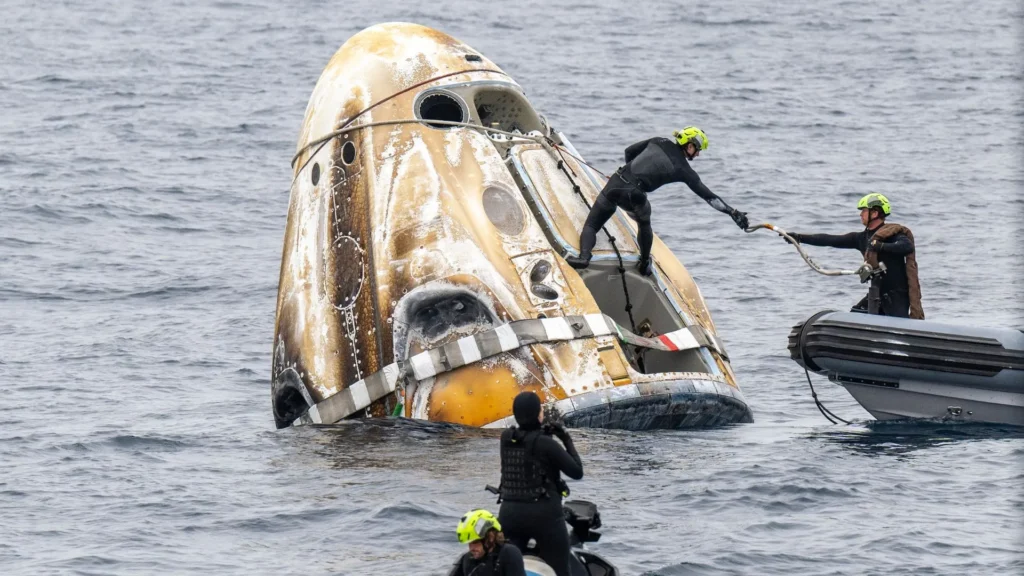
The crew traveled more than 62 million miles and completed 2,368 orbits around the Earth during its mission.
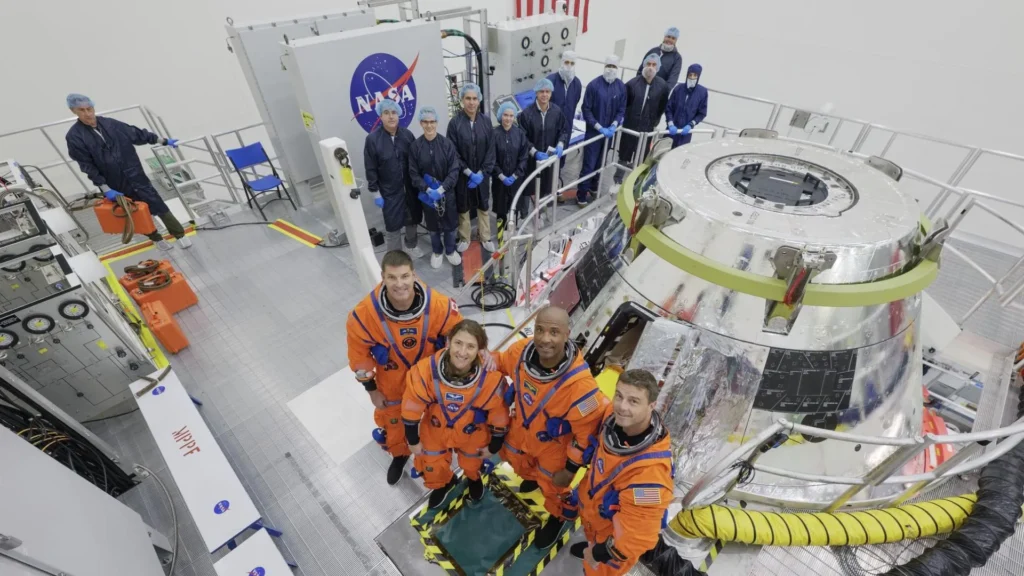
Ground simulations and tests with real systems prepare astronauts for their lunar mission.
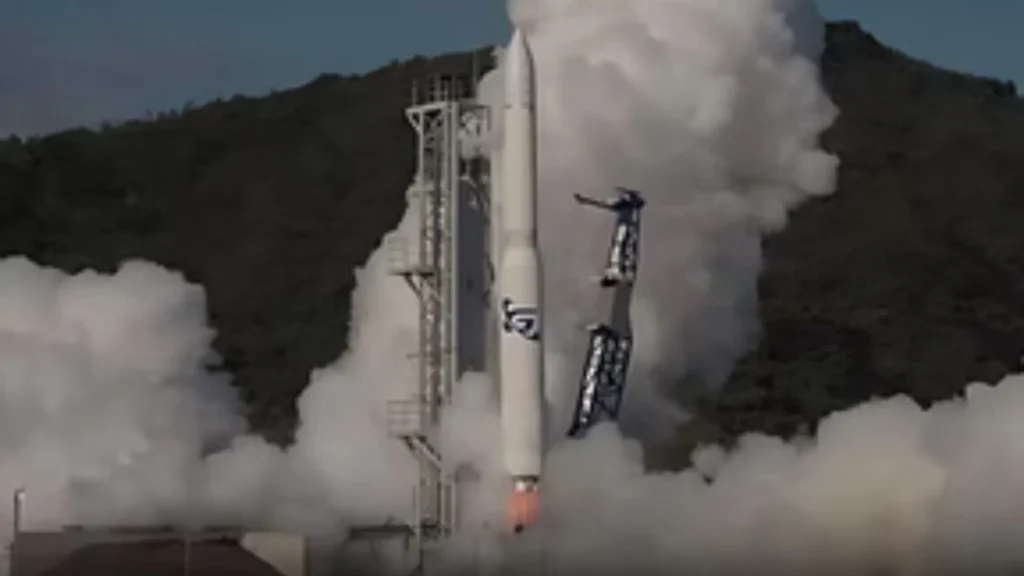
The first orbital rocket designed and launched in Australia took off from a base built by the same company that developed it.
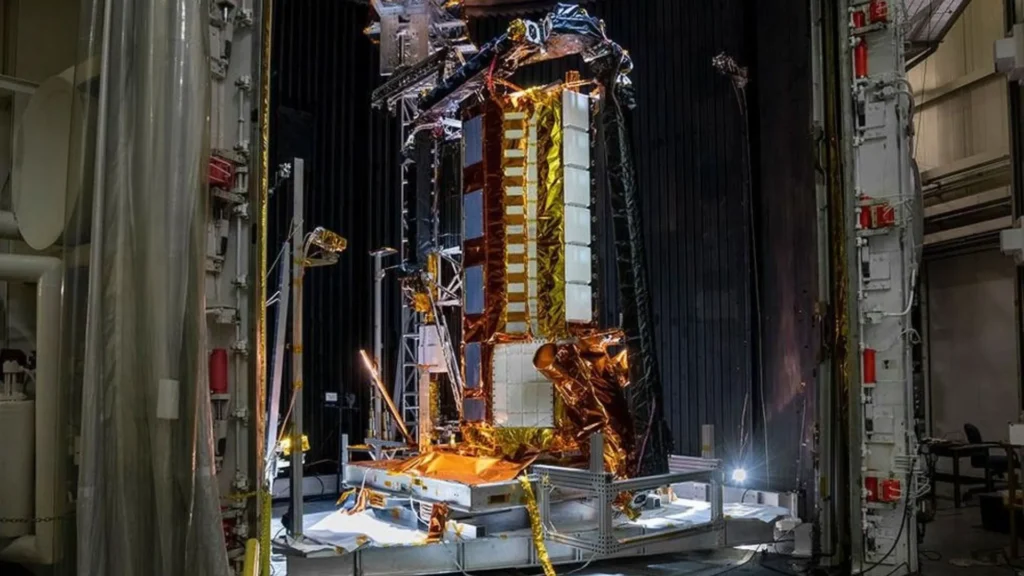
NISAR can detect changes in the Earth's surface of just centimeters from an altitude of 747 km.
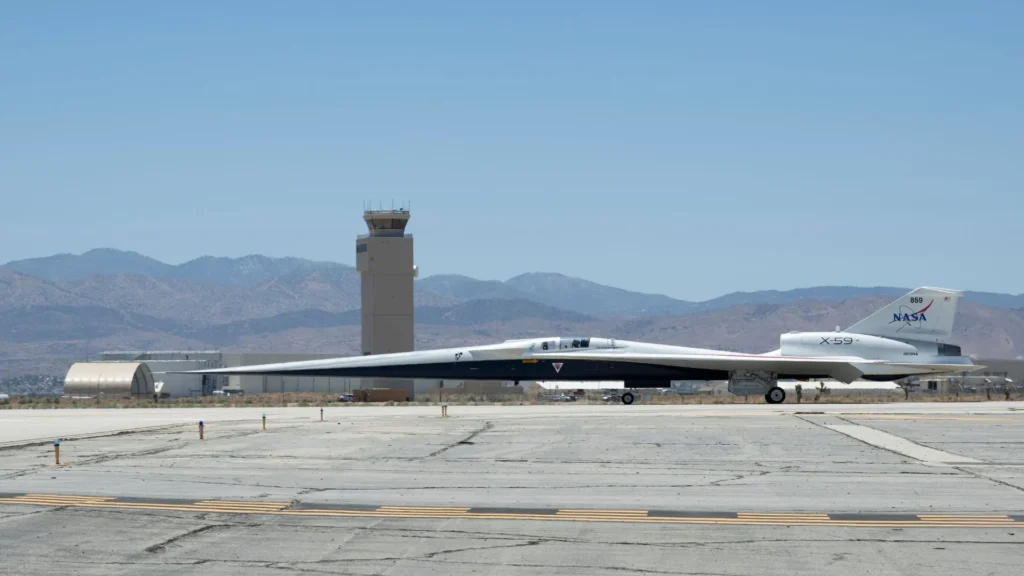
The aircraft will demonstrate technology for supersonic flight, i.e., at a speed greater than the speed of sound.
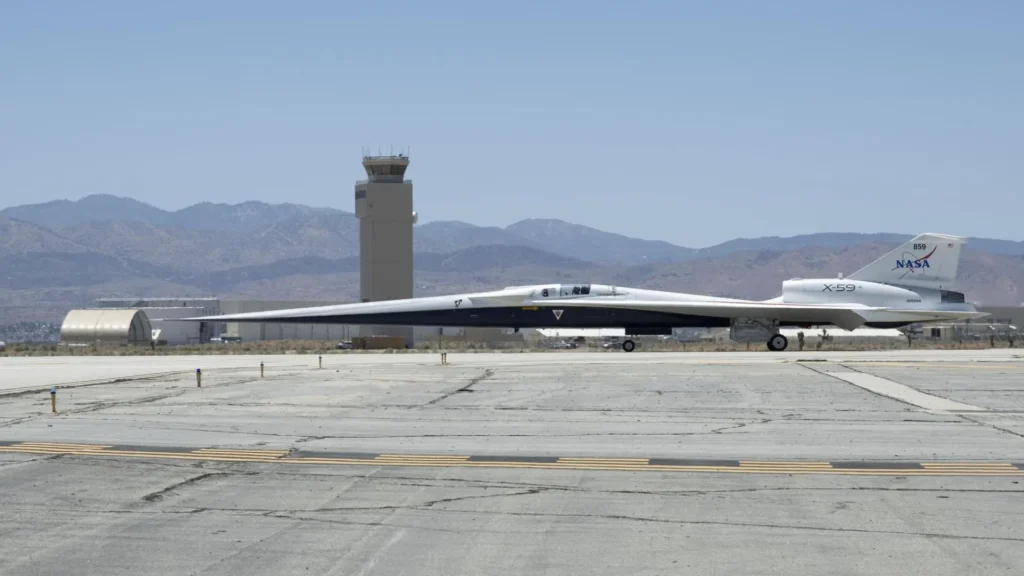
Once the jet's behavior in these conditions has been verified, the X-59 will be ready to take off and begin its test flight campaign.
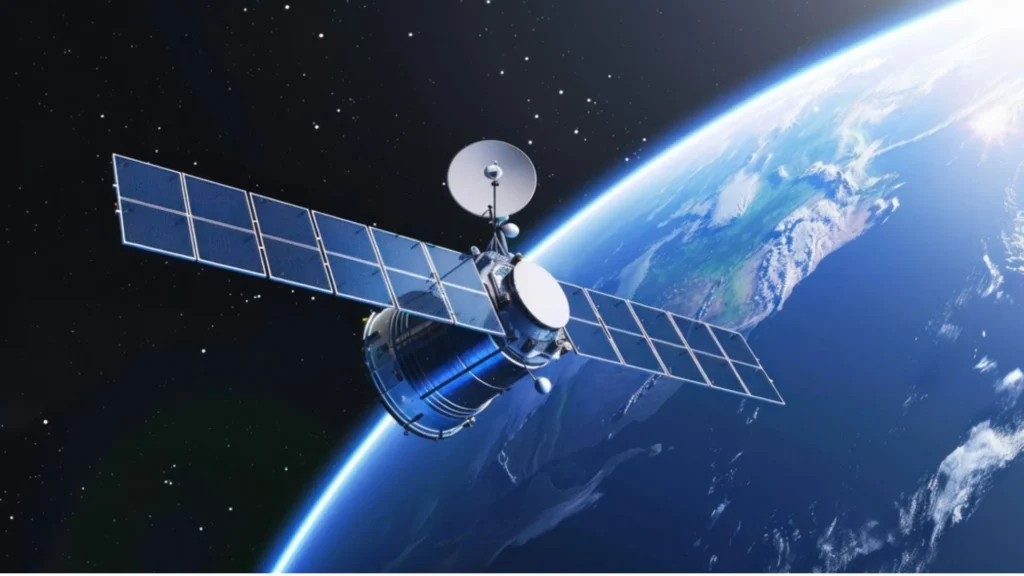
Auriga Space boosts payloads to rocket-free hypersonic speeds using linear electric motor technology.
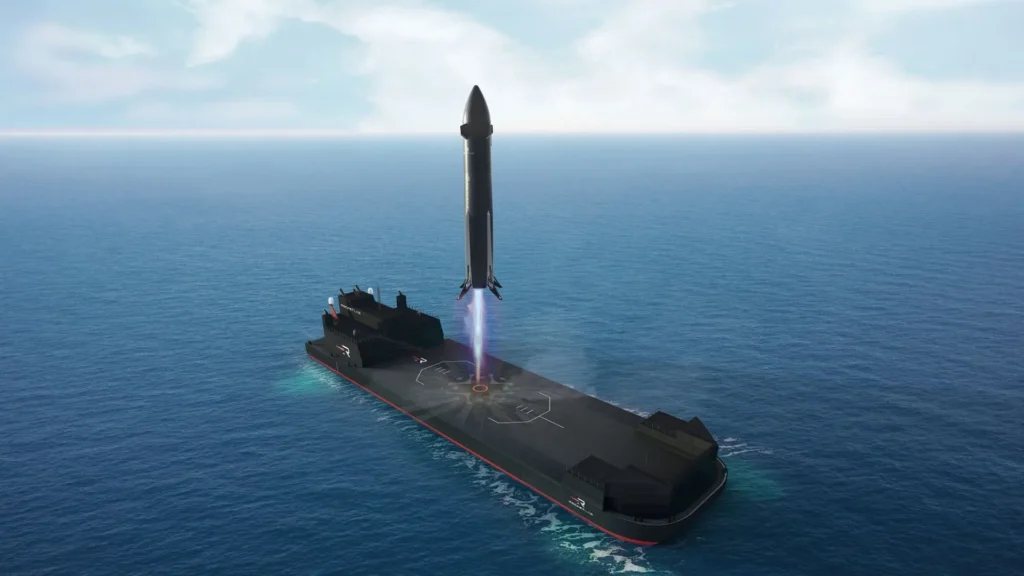
The "Return On Investment" platform will enable at-sea recovery and rapid processing of the Neutron rocket after each mission.
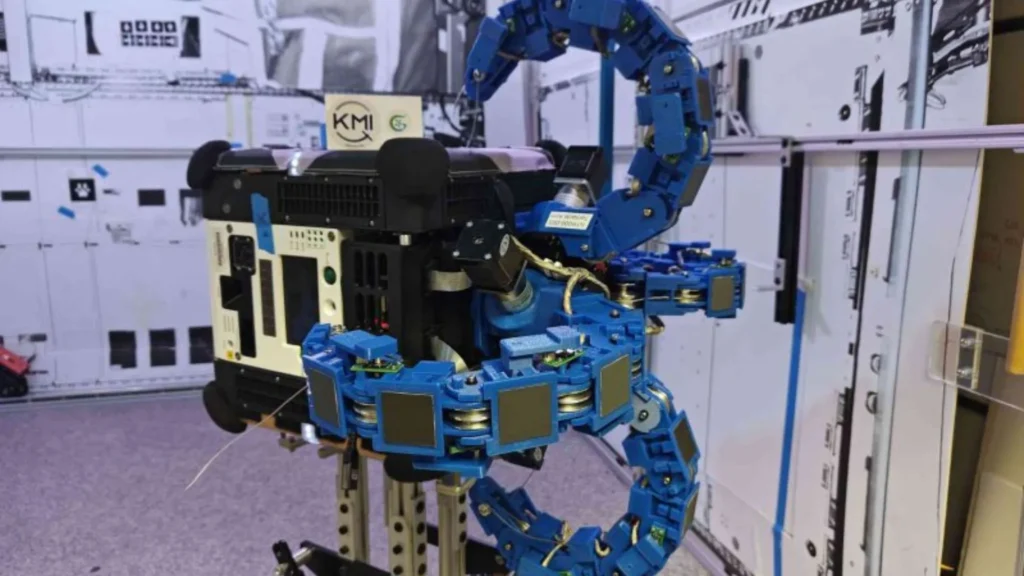
REACCH completed 172 successful microgravity captures during eight months aboard the ISS.